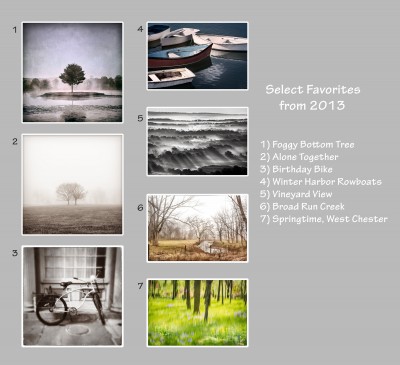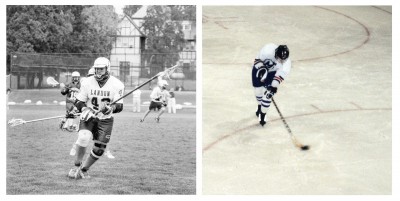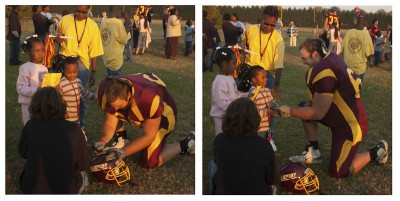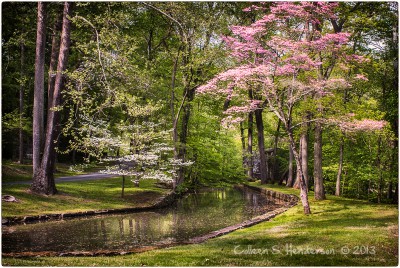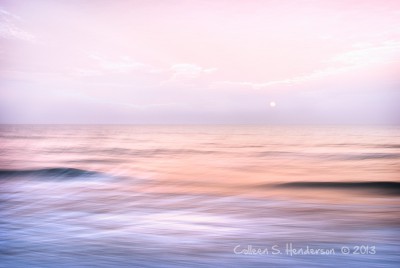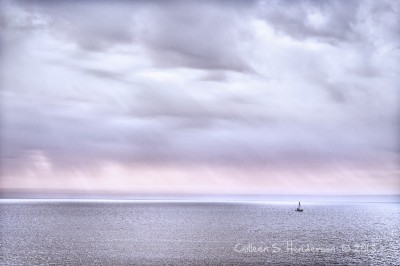When student’s comment, “I want to learn how to make my photographs look as good as yours”, my response is always the same, “All it takes is passion and 10,000 hours”.
In Malcolm Gladwell’s 2008 best seller, Outliers, he explains that the secret to success in any field is 10,000 hours of practice. Not just any practice, but dedicated, intensive, perfect practice. Think about that for a minute. Imagine devoting 10,000 hours of your time to your photography. Chances are, if you did, you would be pleased with the results.
I know of no magic formula for improving your photographic skills other than time and commitment. And I’m not talking about a little bit of time, here and there, squeezed between other more important priorities. I’m talking about a dedicated, long term, ongoing commitment to learning the art and craft of photography, the kind of commitment that is not likely sustained unless you share a true passion for photography.
There are many ideas on what you “should do” or “can do” to improve your photographic skills, but for me it really boils down to a few basic concepts: shoot, edit, print, and repeat.
1) Shoot a lot
There is no way to get good at photography if you don’t make a lot of photographs. The more you shoot, the more you learn about light and how you see the world, two important aspects of being a good photographer. A critical byproduct of shooting a lot is becoming intimately familiar with your camera gear so it’s operation is second nature (another critical component of being a good photographer).
2) Edit your successes
Review your results and identify “successes” and “failures”. Spend time analyzing both. Looking at your “failures” can often lead to a deeper photographic and personal understanding than limiting your review to only your “successes”.
Post process the images that show the most promise. The choice of imaging software, (Photoshop vs. Lightroom vs. iOS apps, etc.), is not nearly as important as making a commitment to thoroughly learn whatever software you do use. Your thought process and choices made during post processing play an enormous role in the final look and feel of your photographs. Anything less than mastery of the software will severely hamper your ability make the most of your images.
3) Print your best work
There are many ways to share your photographs but I stand firmly in the camp of producing fine art prints. For me, a photograph is not complete until it has been printed satisfactorily, and once printed, shared with others. Sharing creative work can be very daunting, even for experienced photographers, but committing to “put your work out for all see” helps ensure that you perform to the very best of your abilities.
4) Repeat
Repeat Steps 1 through 3, for at least 10,000 hours.
The act of shooting will affect the way you see the world, and help you recognize and develop your personal style. Post processing and printing will influence and improve your visual and aesthetic skills. Sharing work provides valuable feedback that helps you grow as an artist and photographer.
Of course there are other things you can do to further your photography, (i.e. take classes, study the masters, read, be curious, experiment, make mistakes, challenge yourself, etc.), but never underestimate the value of merely shooting, editing, printing … repeat.
If you are considering any New Year’s resolutions, ask yourself the following: “How many hours did I spend on my photography in 2013?” and “How was the time spent?”. Adjust for 2014 accordingly.
Here are a few favorites from 2013:

